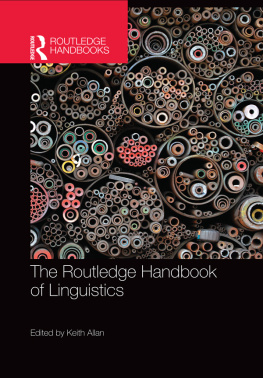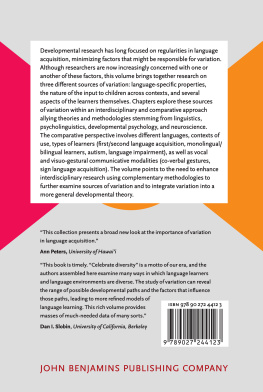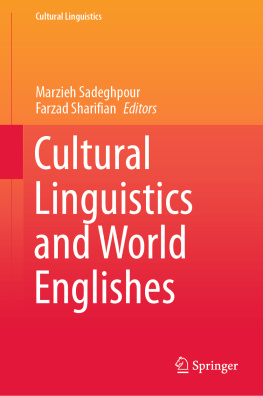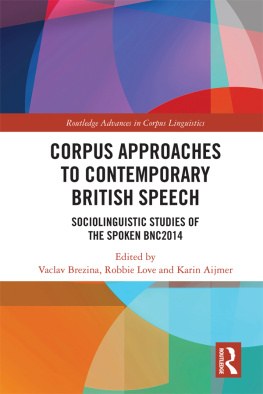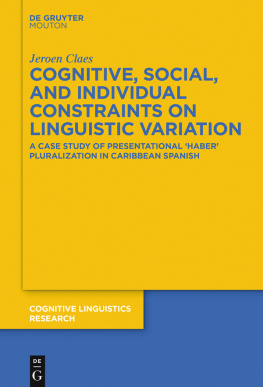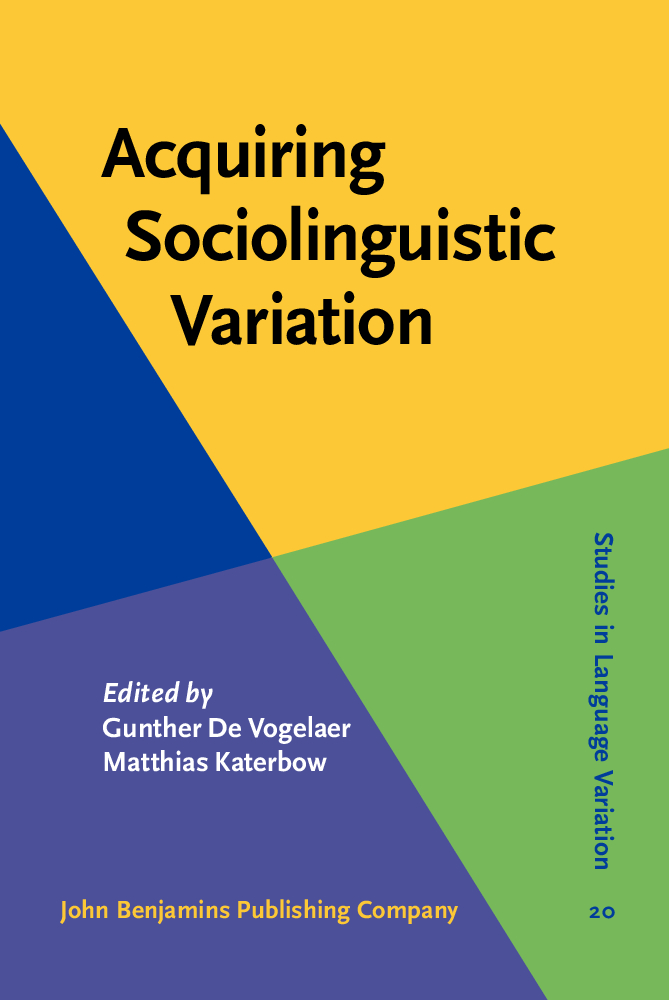
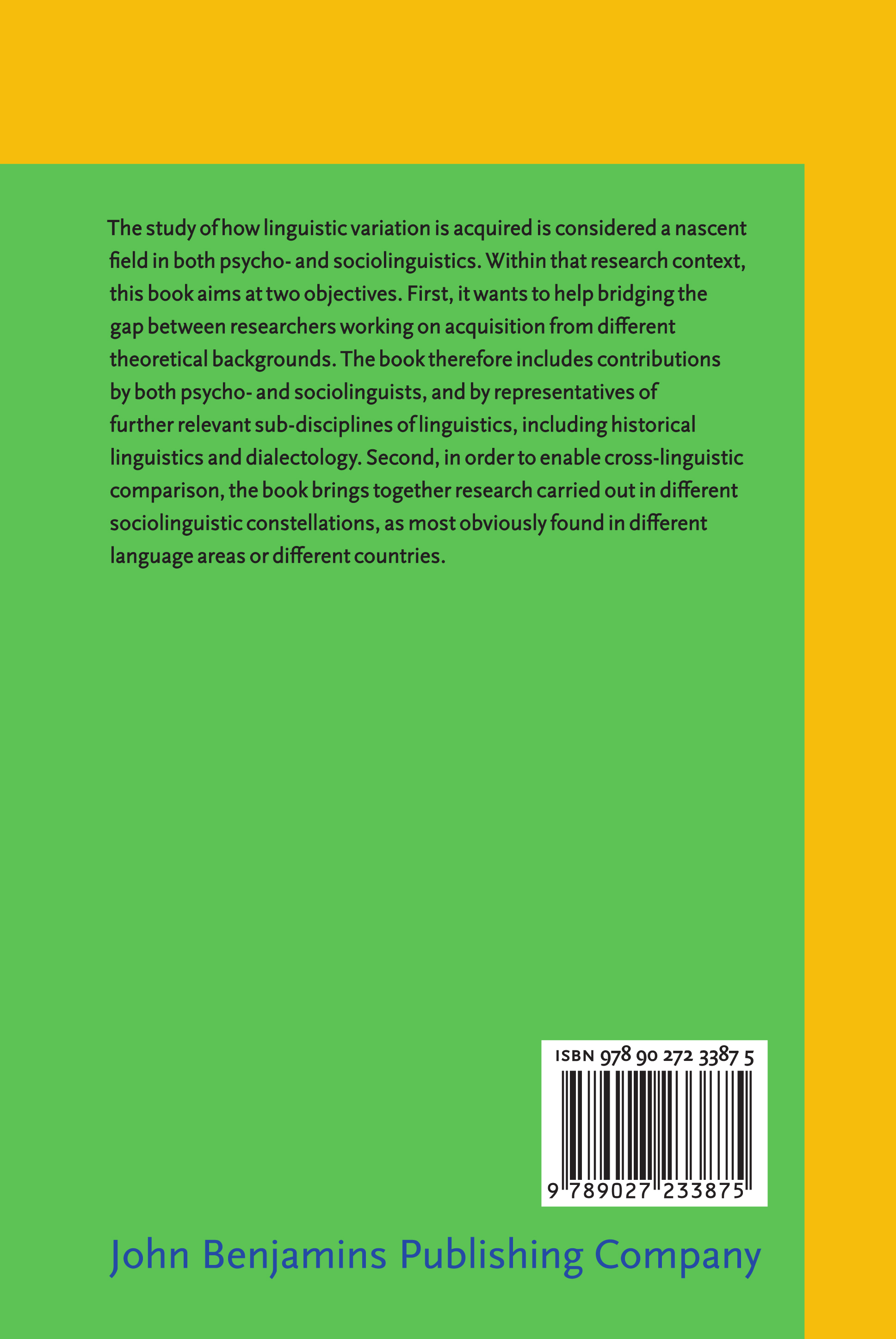
Acquiring Sociolinguistic Variation
Gunther De Vogelaer Matthias Katerbow
doi: 10.1075/silv.20
ISBN: 978 90 272 6528 9 (ebook)
Cataloging-in-Publication Data available from Library of Congress:
LCCN 2017018298
2017 John Benjamins B.V.
No part of this book may be reproduced in any form, by print, photoprint, microfilm, or any other means, without written permission from the publisher.
John Benjamins Publishing Company https://benjamins.com
John Benjamins Publishing Company
Amsterdam/Philadelphia
Chapter 1 Bridging the gap between language acquisition and sociolinguistics Introduction to an interdisciplinary topic Gunther De Vogelaer, Jean-Pierre Chevrot, Matthias Katerbow & Aurlie Nardy
University of Mnster | Laboratoire LIDILEM Universit Grenoble Alpes | Philipps-Universitt Marburg
Abstract
Despite repeated calls for in-depth research, the acquisition of patterns of sociolinguistic variation has long been an underinvestigated topic both in sociolinguistics and in language acquisition research. With the exception of a few exploratory studies, most notably :96 for statements to this effect). Over the last few years, however, the situation seems to be changing. Two reasons may be given for this: first, and quite trivially perhaps, technical advancements are making it possible to gather, store and explore data in cheap and efficient ways, providing researchers with the necessary data to conduct empirically sound research on the topic. And second, parallel to a paradigm shift from rule-based to usage-based conceptions of grammar, linguistic variation has moved into the centre of the attention of theoretical linguistics. As a result, the acquisition of variation can now be considered an emergent topic in research on language variation in general.
The aim of this book is to offer a state-of-the-art of current research on the topic, thereby focusing on two particular objectives: (1) the acquisition of sociolinguistic variation presents itself as an interesting research topic for sociolinguists and psycholinguists working on acquisition, but also for a broad range of other sub-disciplines of linguistics, including historical linguistics, dialectology, and for researchers working in different theoretical frameworks. This book aims at bridging the gap between these disciplines and frameworks and allowing an interdisciplinary perspective on the topic; and (2) in order to enable cross-linguistic comparison, the book wants to bring together research carried out in different sociolinguistic constellations, as most obviously found in different language areas or different countries.
Keywords
- language acquisition;
- psycholinguistics;
- language variation;
- sociolinguistics;
- cognition
Introduction
A few exceptions notwithstanding, it has long been rare both for sociolinguistic research to focus on non-adults and for research on language acquisition to pay attention to sociolinguistic variation. This is probably due to the way sociolinguistics and language acquisition research became prominent fields in linguistics, which, roughly speaking, dates back to the 1960s. The then emerging linguistic paradigms, i.e. the Chomskyan paradigm in language acquisition research and the Labovian one in sociolinguistics, became dominant and had an enormous impact for the decades to come, without really stirring the interest in the way patterns of sociolinguistic variation are acquired. This is in a way remarkable, as basic assumptions in both paradigms implicitly acknowledge that much is to be gained from including language variation in language acquisition research, or from an acquisitionist perspective on language variation.
Linguistics interest in language acquisition was to a large extent stirred by the advent of the generative paradigm. Indeed one of the lasting contributions of the Chomskyan revolution is its focus on competence and I-language, which provided linguistics with a profoundly cognitive orientation, and linked aspects of linguistic structure to innate characteristics of the human mind. Among other things, acquisition research has been used to determine the structural status of linguistic elements in grammars. One common assumption is that the order in which parts of a grammar are acquired, reflects their position in the adult system: basic and/or important traits are acquired before peripheral elements (cf. ). In generativist thinking, variation has long been considered quasi unimportant for linguistic theory. This is obvious for instance in Chomskys homogeneity axiom.
Linguistic theory is concerned primarily with an ideal speaker-listener, in a completely homogeneous speech-community, who knows its language perfectly and is unaffected by such grammatically irrelevant conditions as memory limitations, distractions, shifts of attention and interest, and errors (random or characteristic) in applying his knowledge of the language in actual performance. (:3)
The homogeneity axiom should be read as a plea for descriptive abstraction rather than a principled exclusion of variation, however, and does not entail any claim to the effect that linguistics should only be concerned with standard varieties. In fact, few generative linguists would dispute the idea that non-standard languages, such as dialects, have their own grammars and can be studied as proper I-languages, too (see ). Some relevant case studies are discussed below.
The rise of sociolinguistics is strongly associated with Labovs work, which is deeply rooted in historical linguistics as well, as becomes evident in ).
Sitting at the interface between language acquisition research (or the wider domain of psycholinguistics) on the one hand, and sociolinguistics on the other, research on the acquisition of sociolinguistic variation presents itself as a topic allowing or even necessitating an interdisciplinary perspective. In addition, such research will reveal relevant findings for, among others, historical linguists, dialectologists, contact linguists, and many other subdisciplines in the field. This books first goal is therefore to help bridge the gap between these disciplines. Second, in order to enable cross-linguistic comparison, the book wants to bring together research carried out in different sociolinguistic constellations, as most obviously found in different language areas or different countries..
Research on the acquisition of variation before 2000
2.1 General characterisation : Three important lines of research
Among the oldest texts describing and evaluating language variation in children are descriptions by educators reporting on the linguistic situation in which they had to work, or instructions by legislators or governments. As a result of standardisation processes, formal education often required children to learn to write in a language variety quite different from their native variety, which, in many historical cases, was conceived of as a different language. As oral endoglossic standards developed, alternatives to regional dialects for everyday interaction became available, and were propagated via the education system. Even though the number of everyday speakers of standard languages in Europe is estimated to have been minor before 1900 ().
Interestingly, the 19th century also saw a number of pleas in favour of the use of dialects as a language of instruction, with standard varieties being considered too unfamiliar to pupils or even the new Latin (:7) of different language varieties.

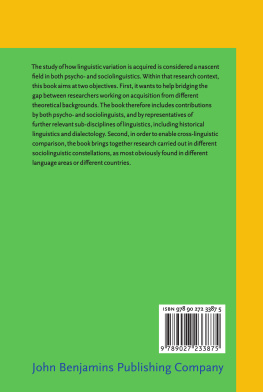
![Andrew Radford - Linguistics An Introduction [Second Edition]](/uploads/posts/book/882994/thumbs/andrew-radford-linguistics-an-introduction.jpg)


